FilAm families unaware of Obamacare (Part 2)
By Cristina DC PastorOf approximately 230,000 Asian American children in the metropolitan New York, about 13 percent or 30,000 are Filipino American. FilAm children in New York have a high insurance coverage, said Noilyn Abesamis‐Mendoza of the Coalition for Asian American Children and Families. Filipinos have the lowest rate of uninsurance at 3 percent along with Pakistani children. Korean children have the highest rate at 10 percent followed by the Bangladeshis and the Japanese at 7 percent each, according to the study.
The data may be encouraging, but the ideal condition is one where no child is left behind in the coverage, she said.
“We shouldn’t have this 3 percent,” said Abesamis‐Mendoza, who is FilAm. “It should be zero percent for all Asian American children.”
A study by the Asian American Federation called “Asian Americans in New York City: A Decade of Dynamic Change 2000-2010,” shows that 68 percent of Filipino children are covered by private insurance and 30 percent by public insurance.
The high insurance coverage of Filipino children is a clear reflection of the socio-economic status of Filipino American families, Abesamis‐Mendoza said in an interview with The FilAm. Privately insured children are likely to have parents or caregivers with employer-sponsored insurance courtesy of companies that can afford them. Children who are publicly insured through Medicaid or Child Health Plus, are likely to have parents who are low wage earners, such as domestic workers or those in the restaurant or service industries. Some of them may not know how to navigate the health care system and need to have a better understanding of how it works.
“Maybe the parents are recently arrived or they’re in jobs that don’t really, fully match their skills,” she explained. In New York, many Filipinos have established themselves professionally as they have been around for many generations, she said.
The monthly cost of private health insurance can run in the thousands of dollars but because it is subsidized by the employer, it becomes affordable to many. The parents’ only contribution is in the form of a co-pay per visit or per prescription filled.
A standard policy covers doctor and dental visits (dental care is sometimes covered by a separate policy) and specifies the number of visits a child is entitled to. A generous policy courtesy of a paternalistic company puts no cap on the number of visits and has a low co-pay of about $10 to $15 per visit.
Based on negotiated Collective Bargaining Agreement between company management and the employees’ union, the policy is subject to review. Citing costs, the company can propose to change providers during CBA negotiations and opt for a lower cost policy while transferring some of the costs to its employees. When this happens, the employees are usually stuck with a slightly higher co-pay of, maybe, upwards of $25 per visit or per prescription filled.
Which is not quite a problem for single mother Samantha Bernardo, who works for a top hospital in Manhattan. Like many privately insured parent, she is pleased with her plan. The Affordable Care Act, she said, will probably not apply to her.
“We have premium benefits, which cover dependents,” Bernardo said.
She and her 5-year-old son get the full medical-and-dental coverage under the company’s generous policy and her only out-of-pocket fee is a co-pay of $15.
“My insurance covers in and out of network,” she said, meaning it will pick up the tab for providers that do not belong to a list of accredited doctors. Her son is a healthy boy and has always had “a clean bill of health” from her doctors.
Like some Filipino parents in New York, she is “not that aware” of ACA. “To be quite honest with you I’m not that well versed,” she said.
Another Filipino mother who is clueless about the implementation of ACA is Zenaida Martinez, a nanny.
All her four children – aged 10 to 18 — are insured by Fidelis Care, which is a state-sponsored program. It covers doctor’s visits, immunizations, lab tests, and emergency treatment, and is offered to families regardless of family income.
“I may not be insured, but all my children are,” she said.
She is vaguely aware of Obamacare. She knows only that ACA was legislated so that health care becomes available to more Americans. “That’s all I know.”
Recognizing that FilAm children are usually “underrepresented” in most U.S. health research, a 2007 study profiles the heath conditions Filipino children are vulnerable to. This study by Joyce Javier et al, entitled “Filipino Child Health in the United States: Do Health and Health care Disparities Exist?,” examines those conditions based on the Filipino adults’ predisposition to certain ailments, such as diabetes, hypertension or a combination as in metabolic syndrome.
What is consistent with the 2007 study and current health care research is how FilAm children are reported to be “more likely than white children to have health insurance.” Even then — or six years before ACA — health care coverage was documented in this population.
“Filipino youths have more favorable health status than white youths as indicated by less frequent school absence, less learning disability, less use of prescription medication, and fewer chronic conditions,” says the Javier et al study.
Some of the findings based on regions are as follows. The study notes no national data available on FilAm children:
• “In Hawaii, Filipino children stand out as having one of the highest rates of dental caries, a rate three times the national average. The proportion of Filipino children with baby bottle tooth decay and unmet dental treatment needs is higher than the proportion of white children.”
• In California, a study shows that Filipino boys in 5th, 7th and 9th grade were “more likely to be obese than white males.” The same is true of Filipino girls.
• Again in California, Filipino grade schoolers have the “highest lifetime asthma prevalence rates” among Asian American children.
This two-part article was made possible with a fellowship from New America Media, a network of ethnic media organizations.

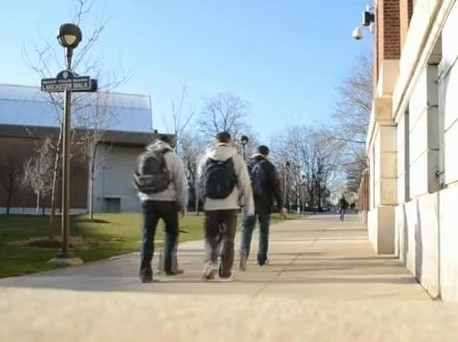
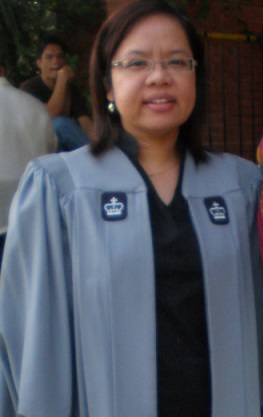

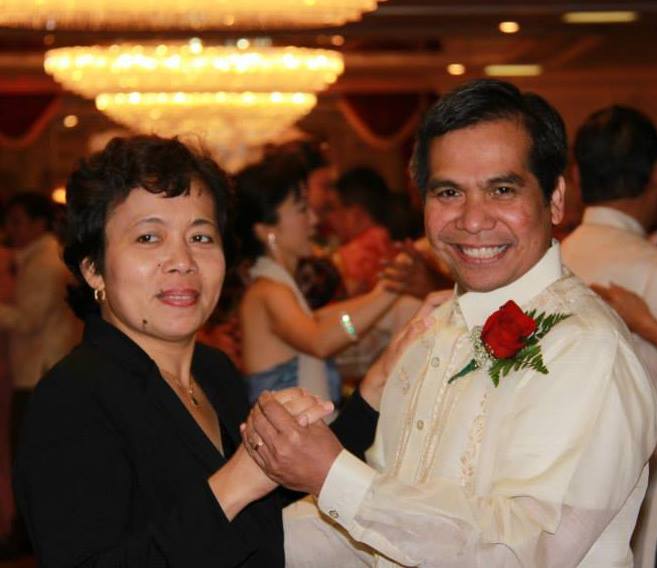
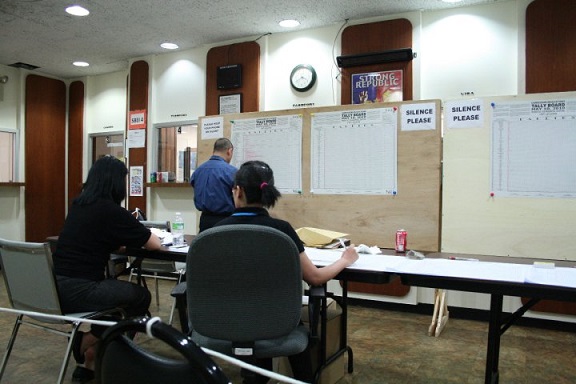
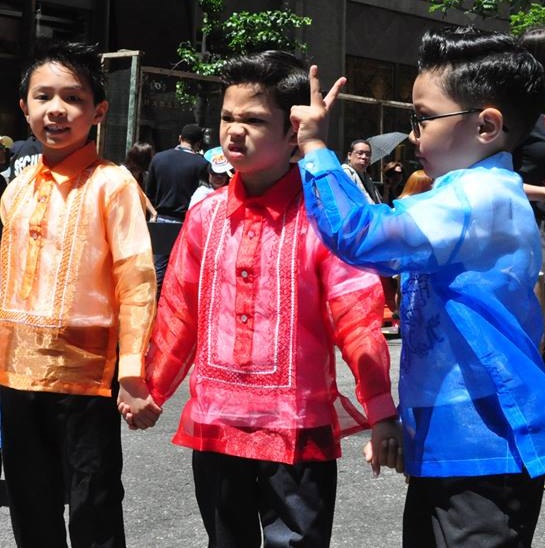
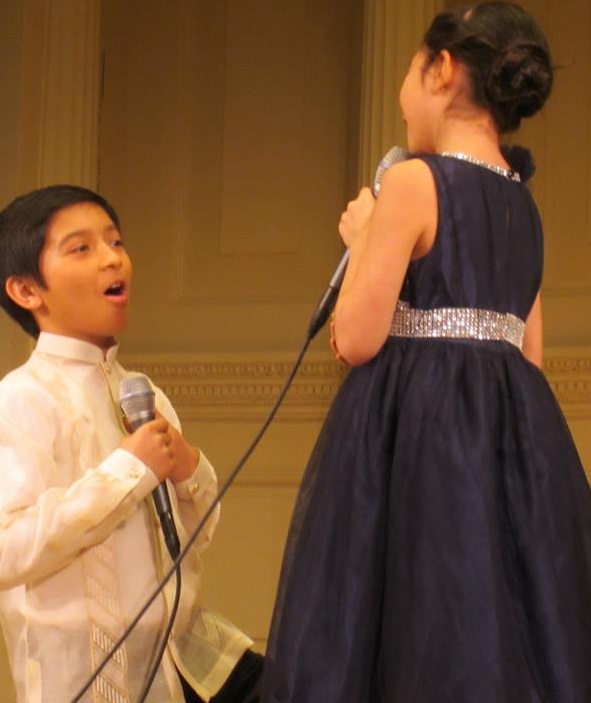
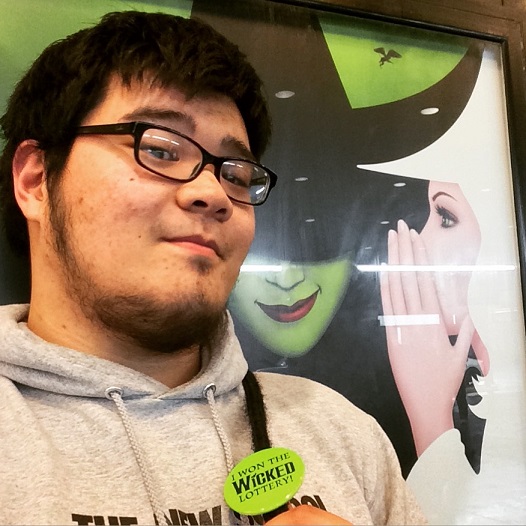
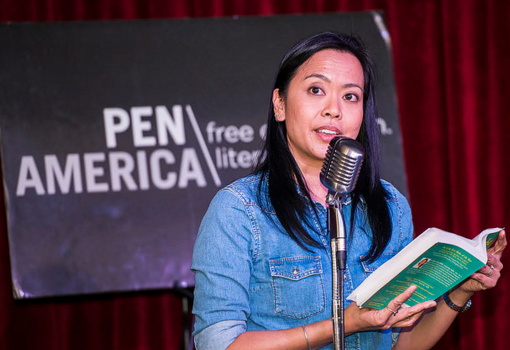
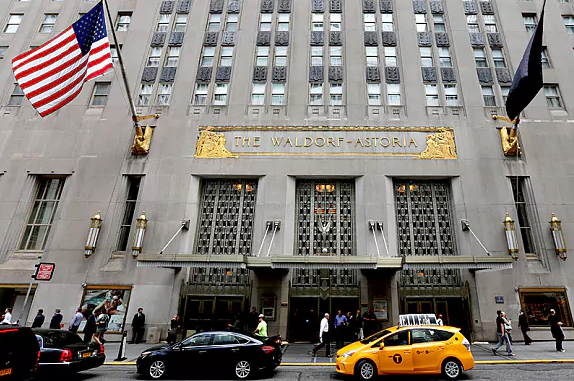



Most of the 30,000 Filipino Americans in the metro area now pay very little or nothing for their healthcare. Why would they, if they can get it free or almost free. I also do not understand the 3%, unless they are families of new illegals and not yet accustomed to the liberal welfare system in America.
The government released a report this week on the costs of Obamacare. The bottom line is that Obamacare will cause a hike in rates for Americans who can already afford private health insurance, while less well off (welfare cases) Americans and TNT illegals pay less for coverage. The government report says individuals buying mid-level health insurance will pay an average of $328 a month next year; a conservative think tanks reports that could be 24% higher than current rates. However, deductions for poorer Americans mean about 6 in 10 people who don’t currently have insurance will pay less than $100 a month under the new law, and that may be further subsidised the states. Most of these people could afford to pay some or more for their healthcare, but why, when it’s free. This is socialized medicine (like in Russia and Cuba). We’ll see if Americans think the new plans are affordable when they go on sale next Tuesday; and middle class Americans begin to pick up more of the tab for Obama’s people.
If the so-called Filipino Americans in the US transformed to American of Filipino heritage; and fully integrate into the great melting pot, they would prosper much better and not rely so much on the great welfare state. At least their children might break the cycle of shame.
[…] Originally published by New American Media, this article was written by Fi2W reporter Cristina Pastor. […]